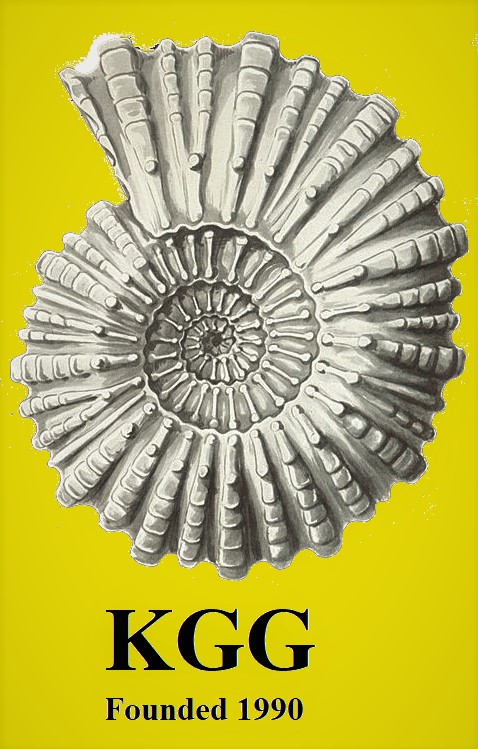What are fossils?
Fossils are the remains or traces of
animals or plants preserved by natural causes in the
rocks of the Earth's crust. For example, if an animal
dies, and is buried rapidly in a muddy sediment, its
hard parts are likely to be preserved as a fossil.
Fossils of marine animals are by far the most common
because most sediments are laid down on the sea
floor.
How are fossils preserved?
When an animal dies its soft parts
usually decay rapidly leaving only the shell or
skeleton. The soft parts are, therefore, only rarely
found as fossils. Corals, snails (Gastropods), lamp
shells (Brachiopods), and similar have a 'hard' shell
that is often preserved unaltered. Sometimes the
shell may be entirely replaced by a mineral such as
Pyrite (Iron Sulphide, or 'fool's gold') or it may be
dissolved from the rock by groundwater leaving only
the impressions of the inside (internal mould) and
the outside (external mould) of the shell. Plants and
Graptolites are usually crushed so that
all that remains is a carbonised impression.

